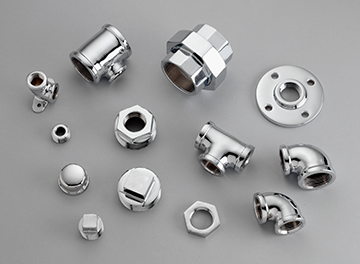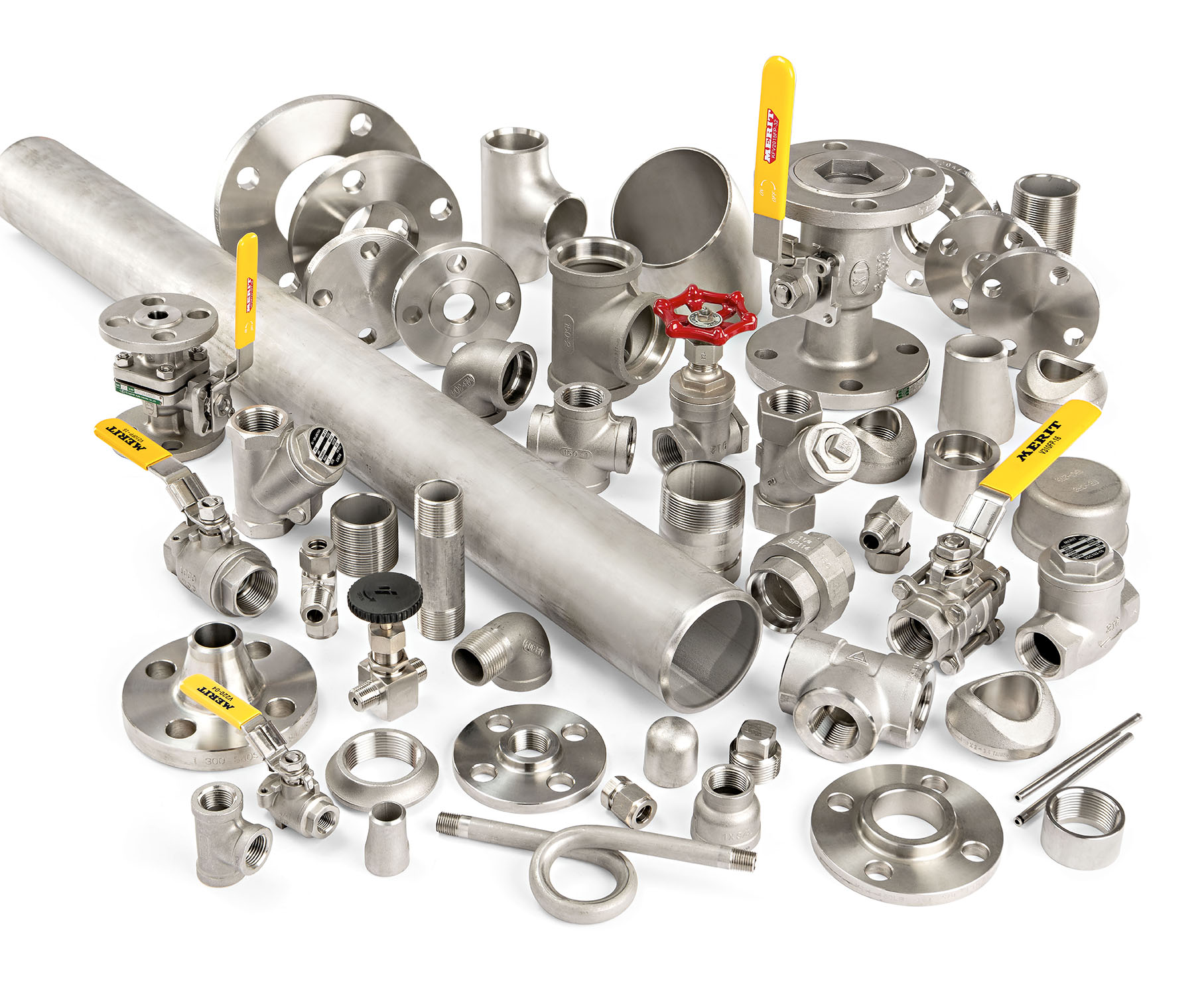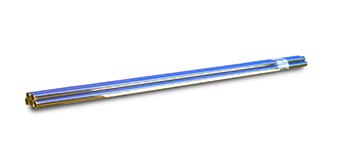All the Basics of Chrome-Plated Brass
Used in a wide range of water applications, chrome plated brass fittings and pipes are commonly used in today's world. But what is it, what are its advantages and disadvantages, and how can you use it in your plumbing business? Here's a quick overview to get you started on this amazing metal.

What is Chrome Plated Brass?
Chrome plated brass involves adding a thin layer of chrome to the surface of a brass pipe, fitting or other item made of brass. Brass typically consists of 85% copper and 15% zinc. Though it is a relatively hardy metal, it can corrode, creating an unsightly appearance. The chrome plating process involves passing an electrical field through a solution that contains the brass part to add a surface of chromium oxide to the piece to help prevent corrosion. The prevention of this corrosion is often the main reason for adding a chrome surface, though simple aesthetics is more often the reason, as chromium has a silver-metal appearance rather than a gold-metal appearance.
What's the Difference Between Chrome & Chrome Plated?
Because chrome does not have the structural strength of brass, stainless steel or copper, a plumbing item that claims to be chrome is actually going to be chrome plated instead. Many individuals prefer the appearance of chrome over that of other materials. As an alloy metal, there are many benefits to using chromium in an alloy, as chromium steel, or as chrome plating, but the metal itself is not strong enough to bear up well to use as plumbing fittings or pipes.

Chrome Plated Brass vs Stainless Steel
Chrome plated brass is generally less expensive than stainless steel but is not as durable and resistant to corrosion. In areas where conditions remain damp, around saltwater and other corrosive environments, you'll want to consider going with stainless steel instead of brass that is plated with chrome. Always consult your project team on the best alloy and related piping components for your application.
Will Chrome Plated Brass Rust?
As neither chrome nor brass contain iron, they cannot rust. However, brass can corrode, which is the process iron goes through when it rusts. This creates a type of patina, typically green in color due to the copper content of the brass. For that reason, if corrosion is a concern for your situation, you may want to choose a different type of metal. However, for most environments, chrome-plated brass is perfectly fine for many applications.
Nickel Plated Brass vs Chrome Plated Brass
Nickel plated and chrome plated brass both provide a shiny surface to your pipes, fittings, pipe nipples and fixtures, but chrome has grown and retained a reputation as a superior finish over the years. Nickel also tends to tarnish and wear over time, making chrome a superior protective coating for brass fittings and pipes with chrome.
How Do You Identify Chrome Plated Brass?
Generally speaking, you can identify chrome plated brass in one of three ways. If you try to stick a magnet to the pipe or fitting and it does not stick, that's usually a good sign that the material is chrome plated brass. You can look down the pipe to see if the inside of the pipe is brass in appearance while the outside is plated with chrome. If possible, you can also lightly scratch the surface of the material in an inconspicuous area and see whether the brass color shows through in the scratch, which will also verify the content. However, you may want to seal the surface with a light coat of clear paint to prevent corrosion from starting in the brass.

How to Cut Chrome Plated Brass Pipe?
It is fairly simple to cut chrome plated brass pipe. To start, clamp it to a sturdy surface, using a rag between the clamp's teeth and the pipe to prevent marring the surface. Next, use smooth strokes with a hacksaw to cut the pipe down to length. Finally, take an abrasive paper such as sandpaper to smooth the burrs off the edge of the pipe so that it will assemble smoothly with the fittings you've selected.
How to Solder Chrome Plated Brass?
Chrome does not solder easily, but brass can be soldered due to the high content of copper. To be able to solder the chrome plated brass, you'll need to remove the chrome from the surface that you're trying to solder, then proceed as you would if you were soldering brass.
Is Chrome Plated Brass Magnetic?
Because neither chrome nor brass contains any iron or other ferrous metal, these pipes and fittings are not magnetic. This is why one of the key tests for chrome plated brass pipe is to try to stick a magnet to it. If it doesn't stick, it doesn't have any ferrous metal.
Applications for Chrome Plated Brass
Generally speaking, chrome plated brass is used in drain lines and other wet locations where the material is not in contact with potable water. In general, brass in chrome plating may not be safe for drinking water unless the brass fittings are lead free, NSF61 certified. You'll have to check whether the specific fitting, pipe or fixture is rated for potable water or not.
As you can see, chrome plating brass has a wide range of applications in plumbing and is available in a wide range of NPT threads, pipe size, pipe fittings, pipe nipples, pipe flanges and similar materials. At merit Brass, we're happy to help you with all your chrome plated needs.
SOURCES INCLUDE:
https://www.finishing.com/407/75.shtml
http://www.skillmanmetal.com/chrome-plated-brass.html
https://mondoro.com/brass-plated-vs-chrome-plated-metals-explained/
https://www.rocheindustry.com/chrome-vs-stainless-steel/#Definition_Chrome_vs_Stainless_Steel
https://universalgrinding.com/chrome-plating-vs-nickel-plating-their-differences-explained/
https://rotaxmetals.net/brass-vs-stainless-steel-which-one-should-you-use-for-your-project/
https://www.doityourself.com/stry/how-to-cut-chrome-brass-pipe
https://www.justanswer.com/plumbing/59yz2-chrome-plated-brass-tube-a-shower-riser-pipe.html
Additional Resources
LEARN MORE